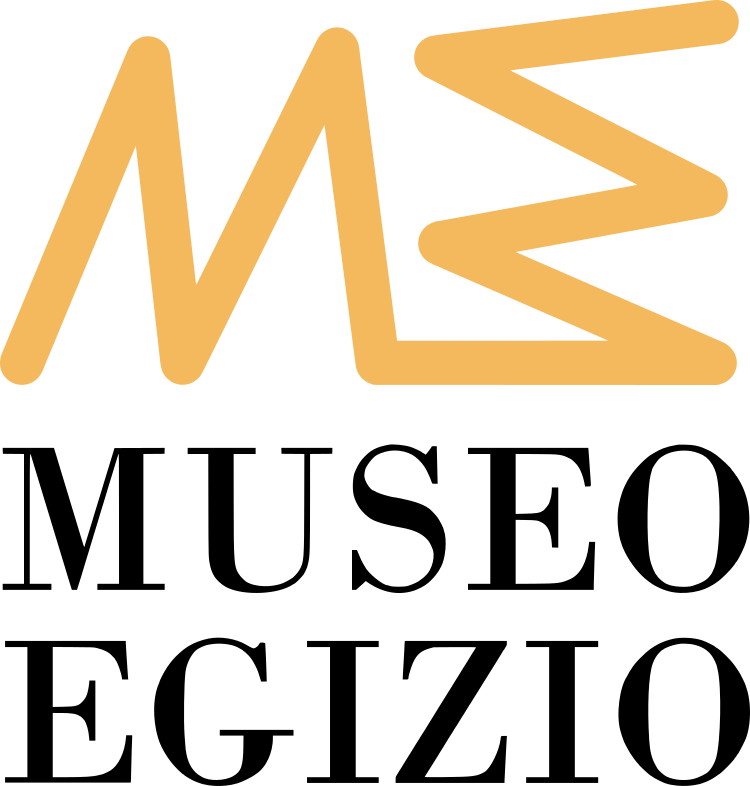ACKNOWLEDGEMENTS
This research has been developed in the context of the collaboration between Fondazione Istituto Italiano di Tecnologia and Fondazione Museo delle Antichità Egizie di Torino. We thank our colleagues Enrico Ferraris and Marco Rossani from Museo Egizio di Torino, who provided their insights andexpertise in cultural heritage research.

Weakly Supervised Geodesic Segmentation of Egyptian Mummy CT Scans
Since half of the 19th century, mummies were scientifically investigated by unwrapping the bandages and removing amulets and jewels from the body. This process was devastating and irreversible, and at the end the mummy was irreparably damaged. Schiaparelli, Museo Egizio Director from 1894 to 1930, decided not to unwrap any mummy he found during the excavation in Egypt (1903-1930) perfectly preserving the mummies in their original status. In 2017, all the animal mummies (150) and human mummies (110) of Museo Egizio collection were CT-scanned to study their general conditions, pathologies, embalming, and bandage techniques, as well as to identify the species involved in the case of animals. In collaboration with the Egyptian Museum of Turin, PAVIS developed an algorithm for supporting the archaeologists during mummy analysis. The algorithm automaticly unwrappings and digital 3D visualization, finalized in supporting archaeological studies and in disseminating the results of the research to the general public.